Unpack the Salt – Victorian Salt Reduction Partnership
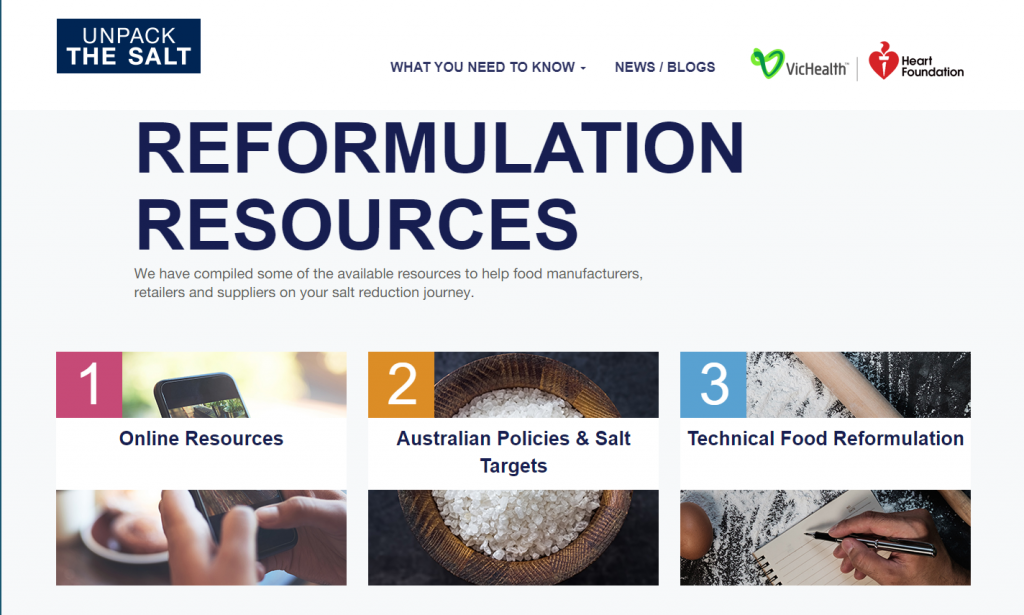
The Victorian Salt Reduction Partnership has shared findings of the consumer awareness campaign, ‘Unpack the Salt’, which ran from 2017-2019. Following the campaign, around 80% of the target audience were able to correctly recall at least one key message unprompted, such as where hidden salt is found in foods. Over the course of the campaign […]
Sodium, Potassium and Iodine Intake, in a National Adult Population Sample of the Republic of Moldova
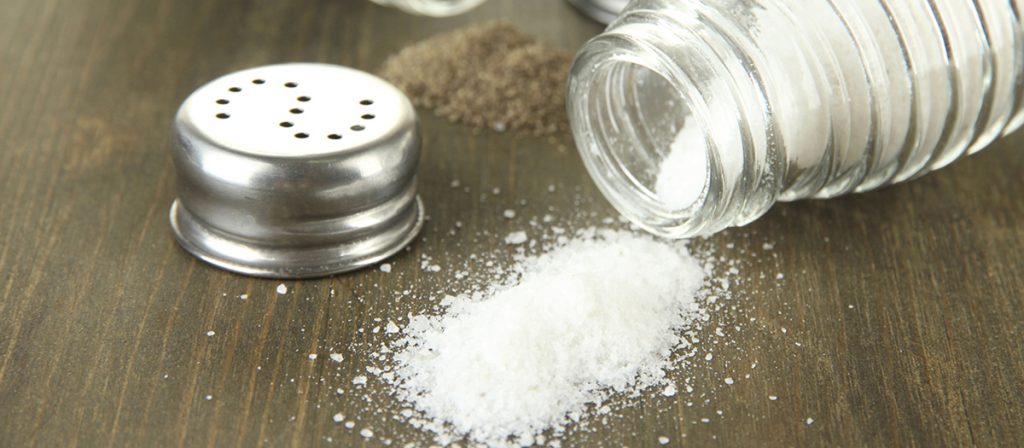
A recent study published in Nutrients by D’Elia et al. investigated sodium, potassium and iodine intake in the Republic of Moldova. Twenty-four hour urine samples were collected and analysed from 858 adults (326 men and 532 women, 66% response rate). Mean salt intake was found to be 10.8g/day, with only 11.3% of people meeting the […]
Food industry fails to drop the salt – evaluation of self-regulation in Australia
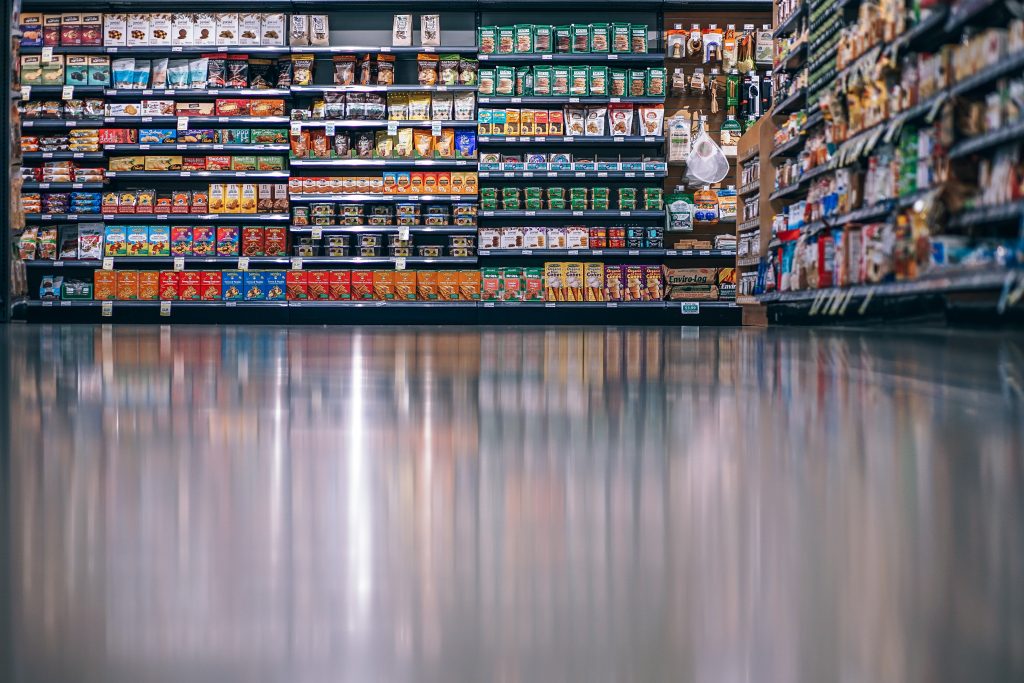
Researchers from The George Institute for Global Health analysed data from the Foodswitch database to assess if there were any changes in salt content between 2013 and 2017 in over 4,500 products from 16 Australian food manufacturers. The study found no clear evidence of reductions in salt levels overall, including 10 member companies of The […]
The Healthfulness of the US Packaged Food and Beverage Supply: A Cross-Sectional Study

Baldridge A et al conducted a cross-sectional analysis of US packaged food and beverage supply in 2018 using data from Label Insight’s Open Data, which represents over 80% of the all products over the past 3 years. Nutrition data from over 230,000 products was obtained and healthfulness was assessed by Health Star Rating (HSR) and […]
Monitoring Sodium Content in Processed Foods in Argentina 2017-2018: Compliance with National Legislation and Regional Targets
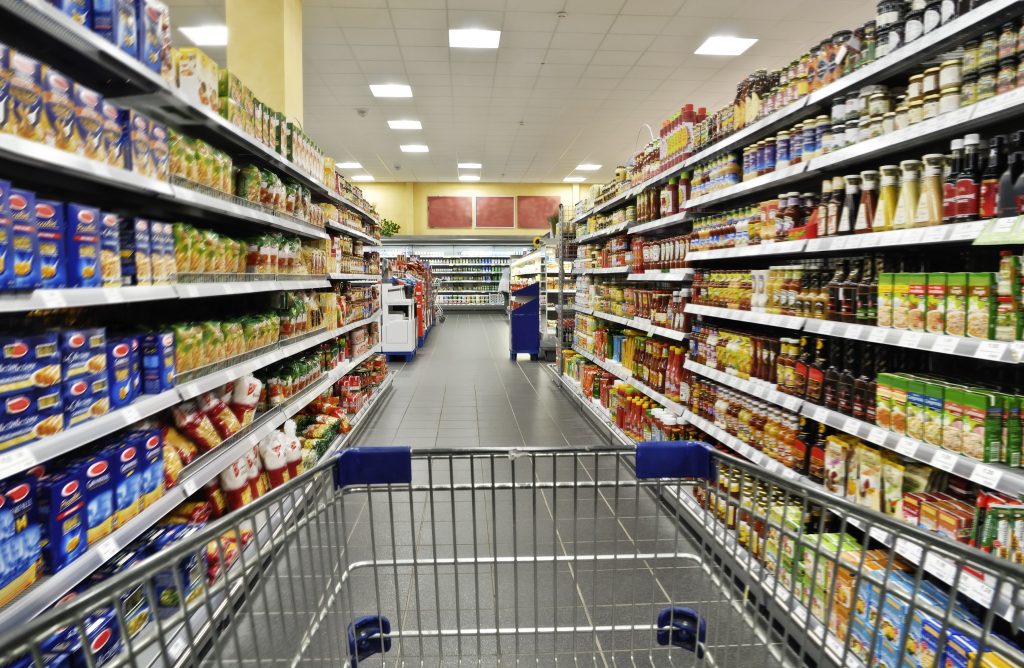
Published in Nutrients in June, Allemandi L et al reported on an evaluation of compliance of Argentinean processed foods with national and regional sodium targets. Data were collected on 3674 food products from four stores between August 2017 and May 2018. 864 products could be compared to the Argentinean sodium targets, which were set under […]
“Food and Water is Life!” – Food Forum in Walgett

Following media coverage last year highlighting the high sodium levels in the bore water used by the community, and previous discussions with community members, a Food Forum was held in Walgett, NSW, Australia. It was hosted by Yuwaya Ngarra-li, a community-led partnership between the Dharriwaa Elders Group (DEG) and the University of New South Wales (UNSW). The […]
Fact sheet and call to action on dietary sodium in Canada

Hypertension Canada released a ‘Fact sheet and call to action on dietary sodium’ in January, which received widespread support from Canadian health and scientific organizations. The fact sheet highlights the risk of high sodium intakes, the importance of population sodium reduction, and opportunities for sodium reduction in Canada. The call to action comprises 10 priority […]
Costa Ricans consuming almost twice the recommended amount of salt
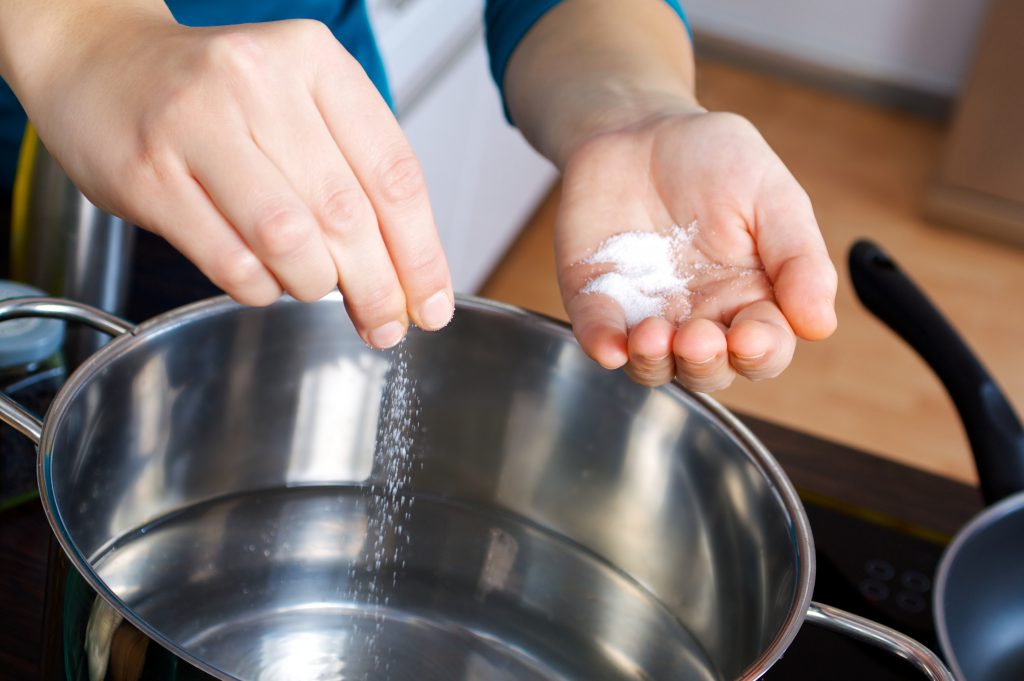
Costa Ricans consume almost double the WHO salt recommendations. The Costa Rican Institute for Research and Education in Nutrition and Health (Incenses) have coordinated two international events to raise awareness of the issue. In February, a workshop “Application of social marketing in the creation of capacities and the reduction of salt intake in Latin America: […]
Australian consultation on targets: The George Institute response

The Australian Government has recently developed 36 draft voluntary food reformulation targets for sodium, sugar and saturated fat, and released them for public consultation. The George Institute for Global Health strongly supports nutrient reformulation as a public health measure to improve diets and population health and welcomed the opportunity to comment on the proposed targets. […]
A first STEP for Iran to measure national salt intake
A preliminary indication of national salt intake levels in Iran was gained through the 2016 WHO STEPwise survey conducted on a nationally representative survey, which included collection of spot urine samples (n= 18,624). Rezaei S et al reported on these findings, publishing in the Journal of Hypertension in July 2018. Mean salt intake was 9.52 […]